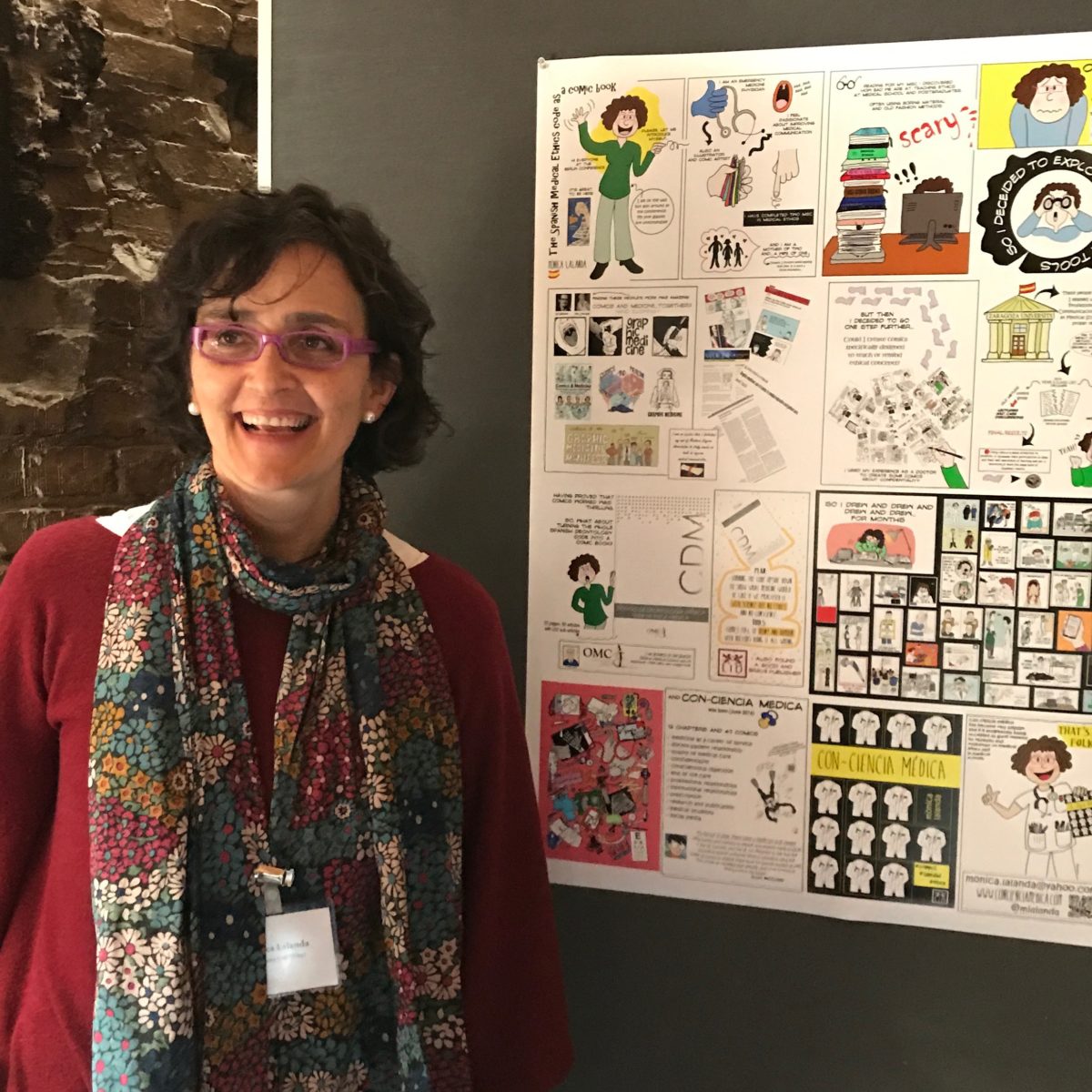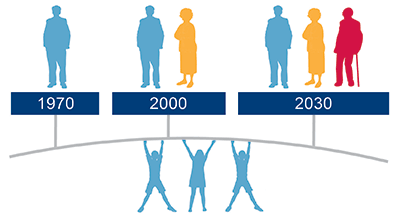Lead Bullets: Contaminating Animals and Humans
Michael DiBenedetto is a retired high school teach who grew up in the Catskill Mountains. Hunting was part of the culture and, for some families, an important source of food. When he got involved in tracking bald eagles and American eagles, he witnessed the effects of lead bullets on these birds of prey. When it enters a deer, the lead bullet splinters into minute particles that move throughout the deer. When birds of prey feed on the deer guts or carcasses, they can get severe lead poisoning that has a lasting effect on their brains and ability to hunt. He has witnessed lead-poisoned eagles be nurtured back to health, only to die because they no longer have the hunting instincts or brain function they need to find prey and survive.
So he became quite concerned when he was delivering food to a local food pantry in his community and discovered that they had venison in stock that hunters had graciously donated for use by needy families, including pregnant women and young children–those at highest risk for lead poisoning and its harmful effects. Some states require that such donations include an information sheet or label that alerts people to the fact that the venison may contain lead and that people should limit their intake of venison that has not be screened for lead. Other states actually require that venison be tested for lead before being donated to food pantries.
California has banned lead bullets because the lead poisoning was wiping out the condor population. But hunters and the National Rifle Association oppose such bans, despite the fact that there are alternative bullets that do not contain lead and are more accurate when fired.
I was dumbfounded when I spoke with Michael about the situation. In particular, I struggled to understand why a hunter would put his own family and friends at risk by using lead bullets and thus contaminating the venison that they ate. I am not opposed to responsible hunting and I love venison. But why would a hunter use lead bullets if they are toxic to wildlife and humans? The root of the problem seems related to why our country hasn’t banned assault weapons, even after multiple mass shootings with AR-15s and other semi-automatic weapons. It’s not about logic and the science. It’s about ideology.
I interviewed Michael DiBenedetto about the effects of lead bullets and what can be done to discourage their use. The interview aired recently on my radio program, HealthCetera in the Catkills, on WIOX Radio in Roxbury, NY. You can listen to it here:
Podcast: Play in new window | Download
Michael DiBenedetto is a retired high school






